Precautions for pumpkin planting
Precautions, Techniques, and Solutions for Maximum Yield
This comprehensive guide integrates expert agronomic advice, addresses common cultivation challenges, and provides data-driven solutions, supported by global research and fieldwork, to help you optimize your pumpkin production.
1 Introduction to Modern Pumpkin Cultivation
Successful pumpkin cultivation requires a deep understanding of soil, pests and planting management. This guide combines the expertise of major agricultural institutions and field trials to provide actionable strategies for large-scale farmers.
2 Essential Precautions for Pumpkin Planting
The precautions for pumpkin planting began long before the seeds were sown. Early understanding and risk reduction are the basis for successful gains.
2.1 Site Selection and Soil Preparation
Site choice is critical. Pumpkins require full sun and well-drained soil with a pH between 6.0 and 6.8. Avoid low-lying areas prone to waterlogging, which fosters root rot. Conduct a thorough soil test to determine baseline nutrient levels and organic matter content. The Food and Agriculture Organization of the United Nations (FAO) emphasizes that proper land preparation, including deep tilling to alleviate compaction, is vital for strong root development .
2.2 Climate and Timing Considerations
Pumpkins are warm-season crops sensitive to frost. Soil temperatures should consistently be above 60°F (15.5°C) before transplanting or direct seeding. Planting too early in cold, damp soil leads to seed decay and poor germination. Utilize weather monitoring tools and historical frost data to determine the optimal planting window for your region.
2.3 Pathogen and Pest Prevention in Seedlings
Source certified disease-free seeds from reputable suppliers. To protect against soil-borne pathogens like Pythium and Fusarium, consider treating seeds with a biological fungicide, such as our /microbial-agent/root-promoting-type/, which establishes beneficial rhizobacteria around the young seed, offering protection and enhancing early root growth.
3 Advanced Pumpkin Planting Techniques
Implementing advanced planting techniques can significantly improve uniformity, yield, and resource efficiency.
3.1 Precision Seeding and Plant Spacing
For large-scale operations, precision vacuum seeders ensure accurate spacing and planting depth, reducing seed waste and maximizing field uniformity. Optimal spacing varies by variety:
Large vining types: 30-48 inches between plants, 6-10 feet between rows.
Semi-bush types: 24-36 inches between plants, 5-7 feet between rows.
Bush types: 18-24 inches between plants, 4-6 feet between rows.
Adequate spacing improves air circulation, reduces disease pressure, and allows for efficient mechanization.
3.2 Drip Irrigation and Water Management
Drip irrigation is the gold standard for commercial pumpkin production. It delivers water directly to the root zone, minimizing evaporation and suppressing weed growth between rows. It also keeps foliage dry, drastically reducing the incidence of foliar diseases like powdery mildew. According to research aggregated by Agrimoney, consistent moisture management, particularly during flowering and fruit set, is critical for preventing blossom-end rot and achieving uniform fruit size .
3.3 Integrated Weed Management
A combination of cultural, mechanical, and chemical methods provides the most effective weed control. Use stale seedbed techniques, shallow cultivation to avoid root damage, and targeted pre-emergent herbicides. Maintaining a consistent weed-free environment, especially during the first 4-6 weeks after emergence, is crucial to prevent competition for water and nutrients.
4 Common Pumpkin Growing Problems and Scientific Solutions
Even experienced growers face challenges. Here are evidence-based solutions to common (pain points).
4.1 Fruit Set and Development Issues
Poor fruit set is often caused by inadequate pollination. Pumpkin plants produce male and female flowers separately, requiring insect transfer of pollen.
Solution: Encourage native bee populations by planting pollinator-friendly borders. For large fields or in areas with low bee activity, consider managed beehives. For enhanced fruit setting and development, a foliar application of our /product/amino-acid-trace-elements-liquid/, which supplies crucial boron and amino acids that support pollen tube growth and cell division, can be beneficial. Trials have shown such formulations can improve fruit set rates by up to 25% (Source: World Agriculture Review, 2024).
4.2 Powdery Mildew (Podosphaera xanthii)
This fungal disease appears as white, powdery spots on leaves, leading to premature senescence and reduced fruit quality.
Solution: Implement a preventive fungicide program using rotating modes of action (e.g., strobilurins, SDHIs) to avoid resistance. Select resistant varieties when available. A potassium bicarbonate spray can serve as an organic option. Furthermore, ensuring adequate potassium nutrition strengthens cell walls, enhancing natural disease resistance. An application of /product/mkp/ (0-52-34) as a foliar spray during early vine run provides highly soluble potassium and phosphorus, which research from the CAB Abstracts database links to improved plant resilience against fungal pressures 4.
4.3 Blossom-End Rot
This physiological disorder manifests as a sunken, leathery, dark spot on the blossom end of the fruit. It is primarily caused by calcium deficiency within the developing fruit, often triggered by irregular water supply that disrupts Ca transport.
Solution: Maintain consistent soil moisture through drip irrigation. Avoid excessive ammonium nitrogen fertilization, which can antagonize calcium uptake. Apply a soluble calcium source directly to the foliage during fruit development. Our /product/calcium-magnesium-fish-protein-liquid/ provides readily available calcium chelated with organic compounds, facilitating efficient plant uptake. A study noted in ScienceDirect found that amino acid-chelated calcium was 40% more effective than calcium nitrate at reducing blossom-end rot incidence in cucurbits .
4.4 Vine Borers (Melittia cucurbitae) and Beetles
Squash vine borers larvae bore into stems, causing sudden plant wilting. Cucumber beetles feed on plants and transmit bacterial wilt.
Solution: Monitor adults with yellow sticky traps. Apply insecticides or biocontrols like Beneficial Nematodes targeted at the base of plants during early larval stages. For a systemic approach, strengthening plant vigor is key. Applications of /product/potassium-humate-granules/ at planting enhance root mass and plant robustness, making vines less susceptible to borer damage. The FAO promotes integrated pest management (IPM) strategies that include soil health as a core component of pest prevention 1.
5 Data-Driven Fertilization Strategy for Pumpkins
A stage-specific nutritional program is non-negotiable for high yields. Pumpkins have distinct nutrient demands at each growth phase.
5.1 Base Fertilization and Soil Building
The foundation of pumpkin nutrition is built at planting. Incorporate well-decomposed organic matter to improve soil structure and water-holding capacity. For a cost-effective solution, growers can use a compost accelerator to process on-farm materials. We recommend applying a balanced base fertilizer rich in phosphorus to encourage strong root establishment.
Recommended Product: Our /slow-release-organic-fertilizer/, applied at 2 tonnes per hectare during bed preparation, provides a steady release of macro and micronutrients and boosts soil organic matter. Alternatively, our /small-molecule-organic-fertilizer/, derived from high-temperature cracked chicken manure, offers a more concentrated and readily available organic amendment with high phosphorus content.
5.2 Vegetative Growth Stage Nutrition
From seedling establishment through vine run, nitrogen is critical for building a large, photosynthetic canopy. However, excessive N can delay flowering and promote overly lush foliage, attracting pests.
Recommended Product: Our /npk-water-soluble-fertilizer/30-10-10+te/ provides a high-nitrogen blend with essential (trace elements) to fuel vigorous vegetative growth. Apply through fertigation every 2-3 weeks during this stage.
5.3 Flowering and Fruit Set Nutrition
As plants transition to flowering, nutritional needs shift. Phosphorus is vital for energy transfer and flower development, while potassium improves stress tolerance and water use efficiency.
Recommended Product: Switch to a high-phosphorus formula like our /npk-water-soluble-fertilizer/10-40-10+te/ to promote abundant bloom set. A foliar spray of /mkp/ (0-52-34) provides a highly efficient source of phosphorus and potassium directly to the leaves, bypassing any soil deficiencies.
5.4 Fruit Bulking and Maturation Nutrition
This stage demands massive amounts of potassium to transport sugars to the fruit, ensuring optimal size, weight, and sweetness. Nitrogen application should be minimized.
Recommended Product: Our /npk-water-soluble-fertilizer/10-5-45+te/ is specifically formulated for the fruit bulking stage. Its high potassium and low nitrogen ratio supports maximum dry matter accumulation. Supplementing with our /product/lignite-humic-acid-powder/, which can be tank-mixed or applied through drip, enhances potassium uptake efficiency and improves fruit brix levels. Data from Agri-View shows that a combined program of soluble potassium and humic substances can increase average fruit weight by up to 15% in field trials .
6 Harvest, Post-Harvest, and Soil Replenishment
Proper timing and handling preserve quality and market value. Post-harvest soil management ensures sustainability.
6.1 Determining Harvest Readiness
Harvest pumpkins when they have reached full color (e.g., deep orange for most varieties) and the rind is hard enough to resist puncture by a thumbnail. The stem should be beginning to dry and cork over. Use a sharp knife or pruning shears to cut the stem, leaving 3-4 inches attached to prevent rot and extend shelf-life.
6.2 Curing and Storage for Longevity
For winter squash types and pumpkins destined for storage, cure them at 80-85°F (27-29°C) with moderate humidity for 10-14 days. This process heals minor wounds and toughens the rind. After curing, store in a cool (50-55°F / 10-13°C), dry, and well-ventilated environment.
6.3 Post-Harvest Soil Replenishment
Replenishing nutrients removed by the crop is essential for long-term field health. After harvest, incorporate crop residues and apply a balanced biological amendment to kickstart decomposition and nutrient cycling.
Recommended Product: Apply our /microbial-agent/anti-replant-type/ at a rate of 50-100 kg per hectare. This product introduces beneficial microbes that break down organic matter, suppress soil-borne diseases that can linger on debris, and fix atmospheric nitrogen, preparing the field for the next rotation crop. The USDA National Agricultural Library’s AGRICOLA database highlights the role of post-harvest cover cropping and microbial inoculation in maintaining soil vitality and breaking pest cycles .
7 Conclusion: Integrating Knowledge for Success
By adopting a scientific, data-driven strategy that leverages modern fertilizers and biologicals, growers can significantly enhance yield, quality, and profitability while fostering sustainable soil health for future seasons.
The strategies and products outlined here are designed to address the core challenges faced by commercial growers. We invite you to explore our comprehensive range of agricultural solutions tailored for large-scale production at our shop.
Of course, you can also check out our other social media (such as Linkedin) to learn more about us.
Authoritative References:
Food and Agriculture Organization of the United Nations (FAO): http://www.fao.org
Agrimoney: https://www.agrimoney.com
Agricola Database (USDA National Agricultural Library): https://agricola.nal.usda.gov
ScienceDirect: https://www.sciencedirect.com
CAB Abstracts: https://www.cabi.org/publishing-products/cab-abstracts/
AgWeb: https://www.agweb.com
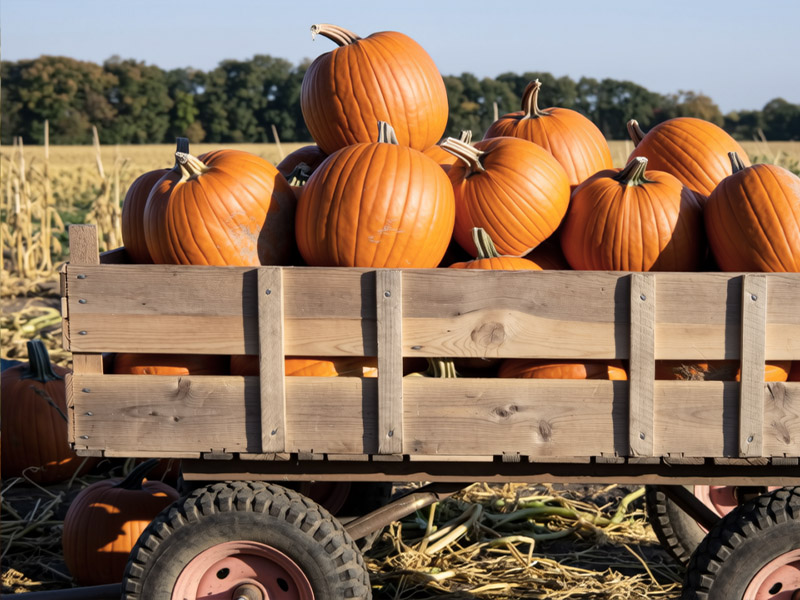
Healthy pumpkin field thriving with our specialized fertilizer! 🌱 See the difference in vine strength & fruit set.
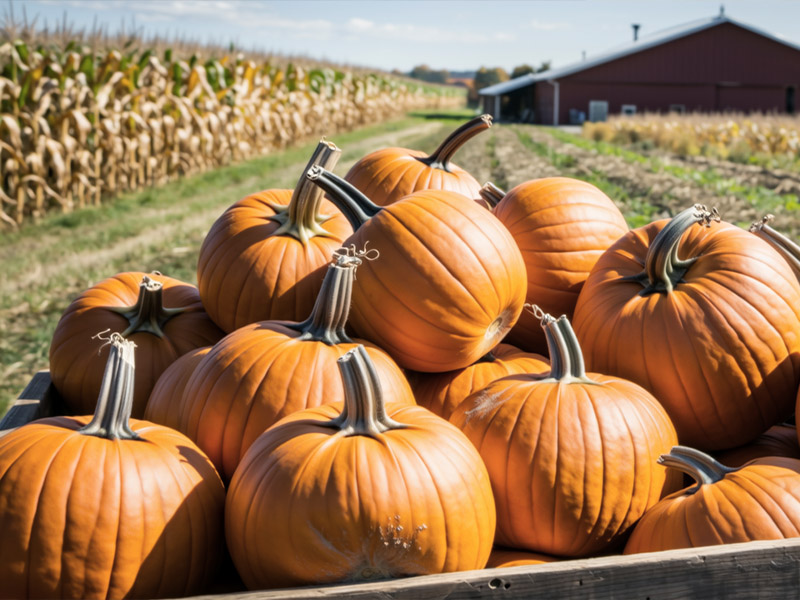
Bumper harvest! Our fertilizer boosts pumpkin size, color & yield. Perfect for market sales 🎃
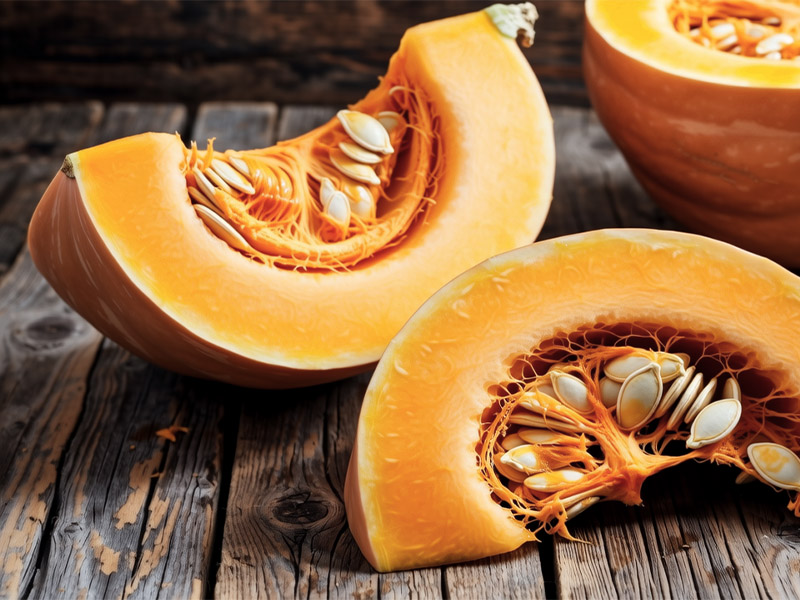
Thick flesh, rich color – proof of balanced nutrition! ✨ Our fertilizer enhances pumpkin quality & shelf life.
Pumpkin fertilizer
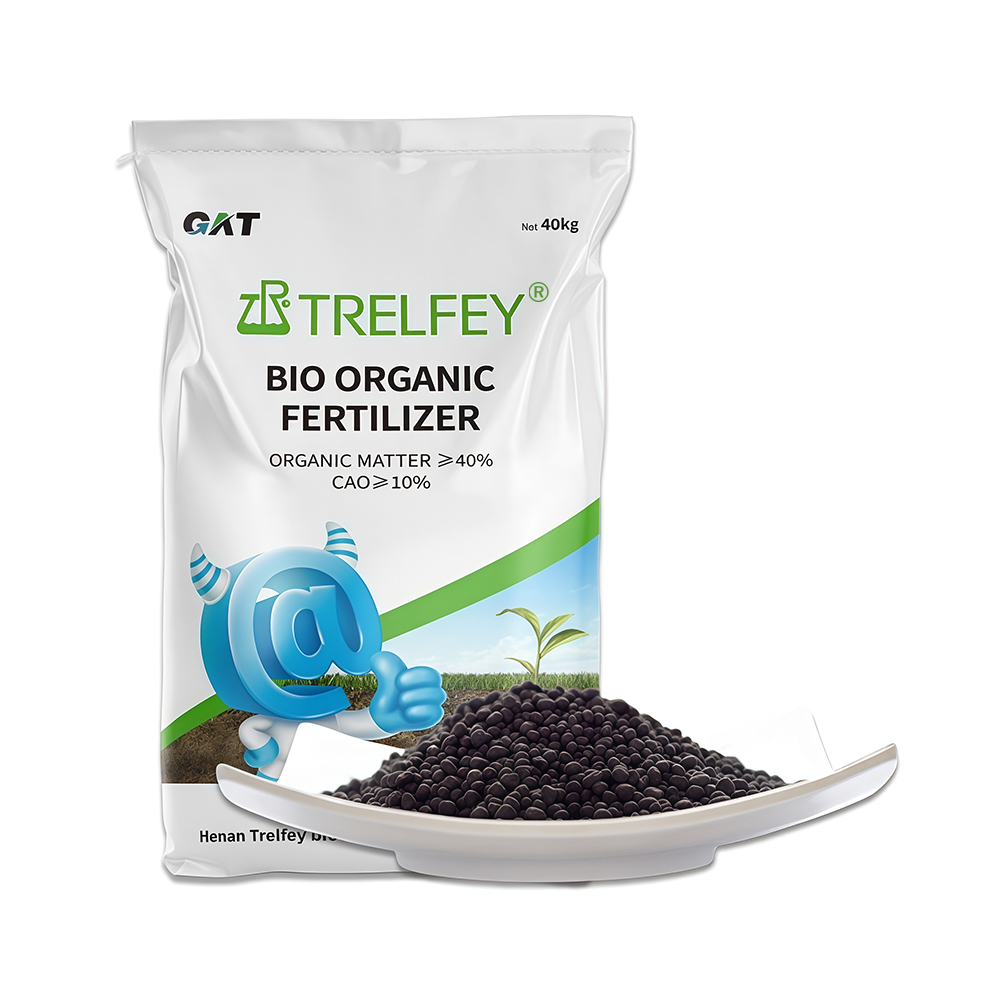
Bio-organic fertilizer
Organic matter ≥40%, CaO≥10%
The number of beneficial live bacteria ≥0.20 billion/g
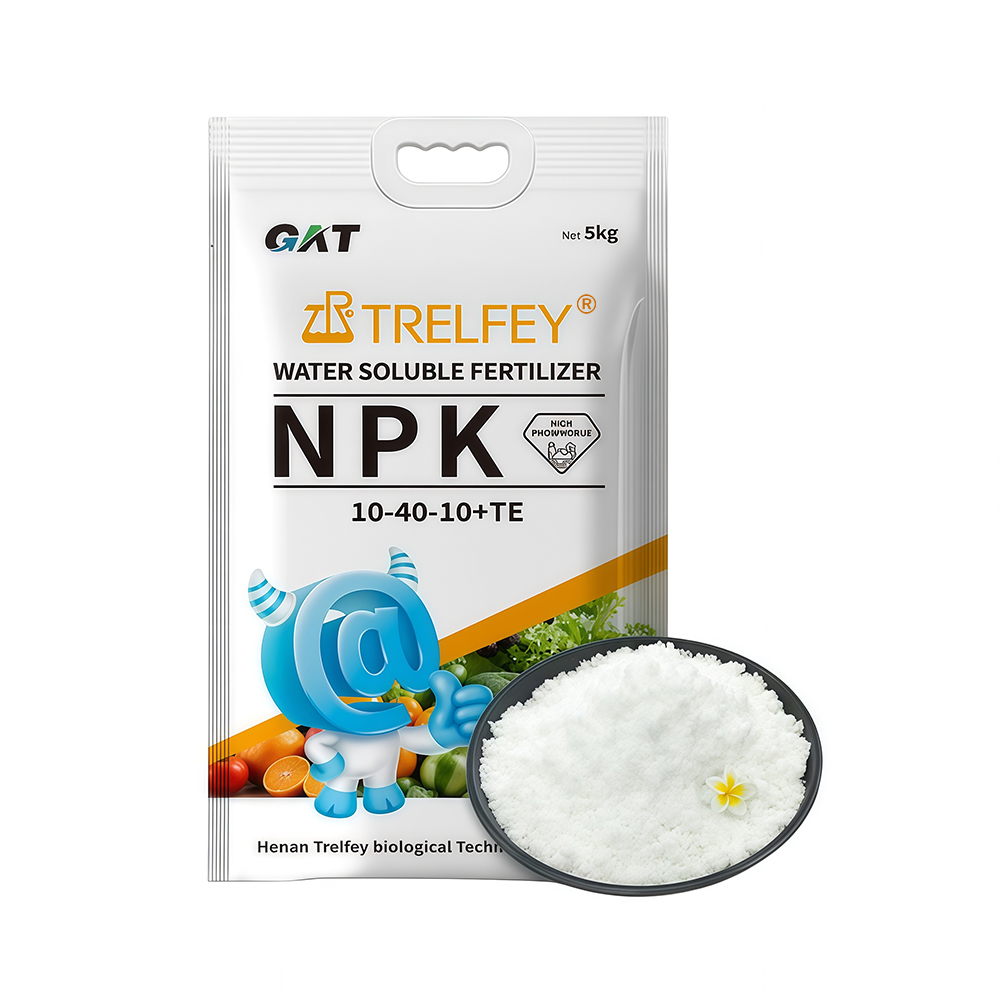
Water soluble fertilizer
Protect the roots and nourish the roots, protect the buds and protect the flowers
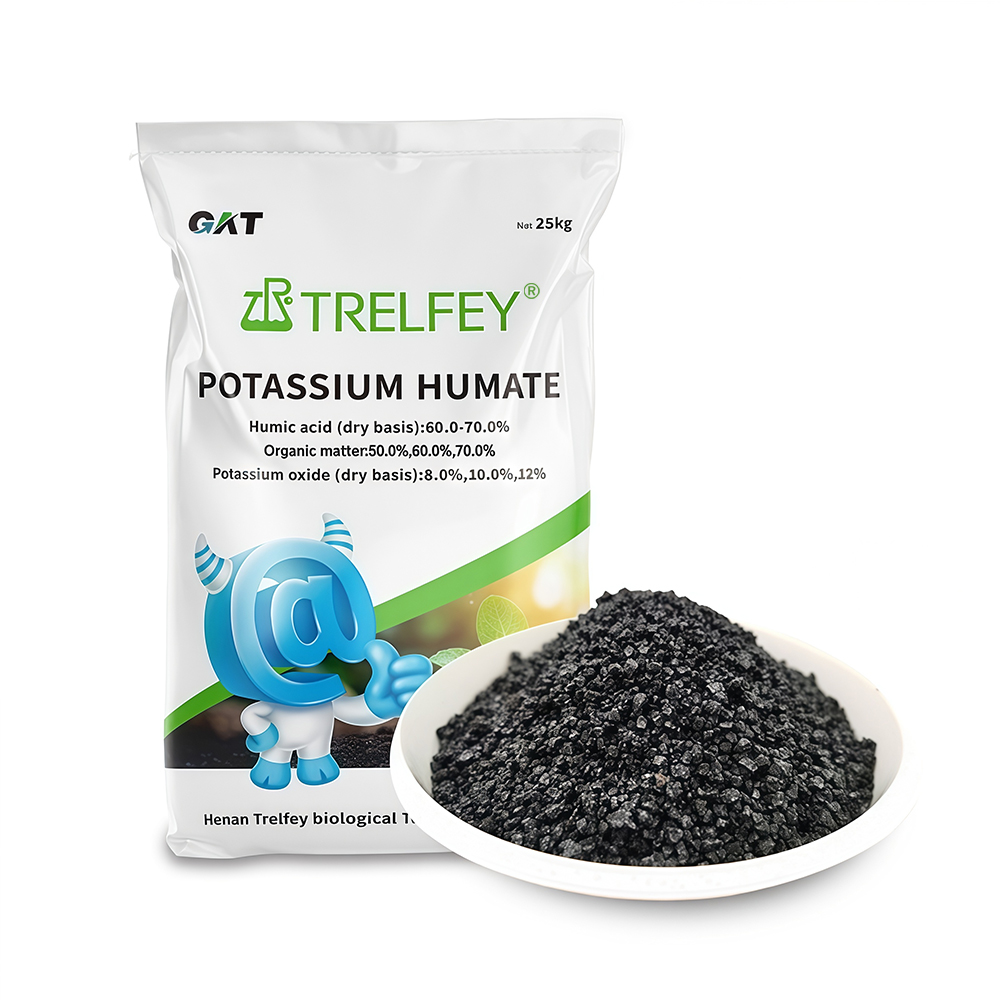
Potassium humate granules
Humic acid (dry base): 60.0-70.0%
Total nutrient (KOO): 8.0%-12.0% (customizable)
